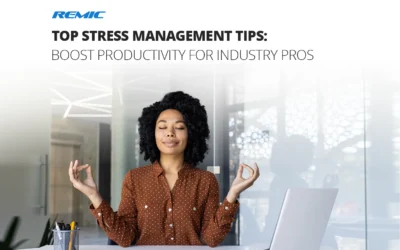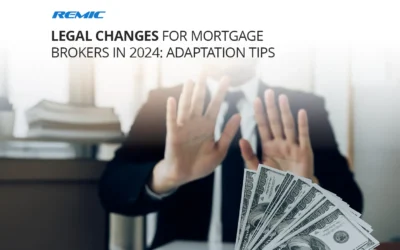The purposes of using a mortgage

There are traditionally four distinct purposes for using a mortgage: 1) Purchase, 2) Refinance 3) Equity take-outs, and 2) Bridge Financing
Purchase
People use mortgages to assist in purchasing a home in combination with a down payment, or depending on the financing available, they may qualify to borrow the complete purchase price. A down payment is the amount of money that the purchaser has to give to the vendor in cash. The balance of the purchase price is made up of a mortgage.
Success Tip – Home Buyer’s Program (HBP)
The Canada Revenue Agency (CRA) has a program entitled the Home Buyer’s Program (HBP) that allows a first time buyer to use up to $25,000 of their RRSPs as a down payment without paying tax on the withdrawal. The amount removed must be repaid within 15 years.
CRA defines a first time buyer as an individual or the individual’s spouse, or common-law partner who has not owned a home that they occupied as a principal place of residence during the period beginning January 1 of the fourth year before the year of the withdrawal and ending 31 days before the withdrawal.
Mortgage brokering in Ontario is regulated by the Financial Services Commission of Ontario (FSCO) and requires a license. To obtain a license you must first pass an accredited course. The Real Estate and Mortgage Institute of Canada Inc. (REMIC) is accredited by FSCO to provide the course. For more information please visit us at www.remic.ca/getlicensed or call us at 877-447-3642.
Success Tip – Home Buyer’s Tax Credit (HBTC)
For 2011 and subsequent years, the federal government provides a non-refundable tax credit, based on an amount of $5,000, for certain home buyers that acquire a qualifying home. The HBTC is calculated by multiplying the lowest personal income tax rate for the year by $5,000. The current maximum credit is $750. More information can be found on the Canada Revenue Agency (CRA) website.
Refinance
If a borrower already has a home, he or she may wish to refinance the property. Refinancing means to increase the size of the mortgage, or renegotiate it in some fashion. If he or she decides to do this during the term of the mortgage, that person may have to pay a penalty to the lender for repaying the mortgage before the end of the mortgage contract, referred to as the term, unless the current mortgage is fully open. The refinanced mortgage will reflect the lender’s current rate of interest, which may or may not be lower than the borrower’s current rate.
Equity take-out (ETO)
An equity take-out is when a borrower increases the size of their mortgage or takes out a second mortgage or another debt against the property, such as a line of credit. An ETO is most often used to consolidate higher interest rate debt such as credit cards. In the case of paying off other debts, on closing the lawyer issues cheques to the creditors being paid out from the proceeds. Borrowers may also take equity out of their property to purchase other assets such as a boat or a cottage, or for any other reason as allowed by their lender.
Bridge Financing
Bridge financing is used when a person is selling their current home and buying a new home. In some cases a buyer may find that the home that is being sold has a closing date after the home that they are purchasing is set to close. This results in the homeowner temporarily owning two homes. The problem with this is that normally the down payment for the new purchase would be coming from the sale of the current home. Without the down payment when the new home is set to close, the borrower will lose the new home and forfeit the deposit. Bridge financing is simply a second mortgage placed on the first home while waiting for it to sell. This money is used as the down payment on the new home. Once the first home sells the mortgage is repaid. This provides a “bridge” between the two homes.



